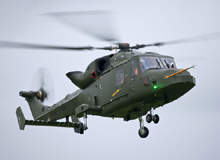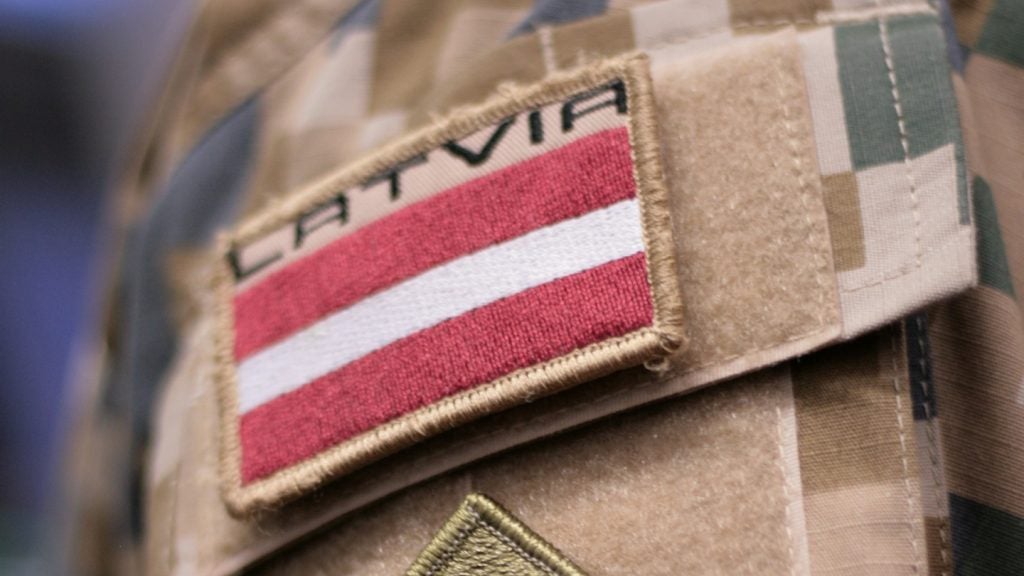
The UK Government recently came under fire from senior army officers and defence experts for not supplying troops in Afghanistan with enough helicopters. In response, it ordered 62 for the army and navy, some of which were redeveloped Lynx aircraft for use in Afghanistan. The first helicopter was due to be delivered in 2011 with the aircraft becoming fully operational with the army in 2014 and the navy in 2015.
In January 2010, the first four of 12 MK9s were delivered for use, providing the perfect option for flight in the challenging hot and high conditions. The Future Lynx, or Lynx Wildcat (AW159), a totally new craft being developed for use by the MoD, looks to also promise added resources in a timeframe and at a cost even better than could be expected by the British military.
The most senior British soldier to die in Afghanistan warned shortly before his death that a shortage of helicopters was endangering troops. Indeed, less than a month before he was killed by a roadside bomb on 1 July 2009, Lieutenant Colonel Rupert Thorneloe told his superiors that soldiers were being forced to travel by road because of the shortage of helicopters. Roadside bombs have accounted for more than 80% of recent British and Nato casualties in Afghanistan.
In mid November 2009, the first RAF Merlin helicopter arrived in Afghanistan to address the acute shortage of aircraft. Six of the aircraft, which can each carry up to 20 troops, were operational by the end of the year. The Merlins will enable the army to reduce the number of land convoys, which have been repeatedly hit by the Taliban. The Lynx will further enhance British military operations in Afghanistan.
The Lynx Wildcat
See Also:
The Lynx Wildcat (AW159) multirole military helicopter made its maiden flight at AgustaWestland’s Yeovil facility on 12 November 2009.
How well do you really know your competitors?
Access the most comprehensive Company Profiles on the market, powered by GlobalData. Save hours of research. Gain competitive edge.

Thank you!
Your download email will arrive shortly
Not ready to buy yet? Download a free sample
We are confident about the unique quality of our Company Profiles. However, we want you to make the most beneficial decision for your business, so we offer a free sample that you can download by submitting the below form
By GlobalDataAgustaWestland said that the aircraft completed a range of general handling checks during the flight and performed as expected. It will be joined by two further aircraft in 2010 to complete the flight testing of the AW159 and the wide range of equipment the aircraft will carry. Following its maiden flight, Giuseppe Orsi, chief executive of AgustaWestland, said that the AW159 would be the most cost effective, capable and advanced helicopter in its class.
AgustaWestland, a Finmeccanica subsidiary, signed a contract in June 2006 with the UK’s Ministry of Defence (MoD) to develop the aircraft. Other key suppliers to the AW159 programme include Selex Galileo, a Finmeccanica company; GKN Aerospace, LHTEC – a partnership between Rolls-Royce and Honeywell, General Dynamics UK, Thales UK and GE Aviation.
Lynx – on time and within budget
The AW159 was the first contract signed under the strategic partnering arrangement (SPA) intended to mark a new collaborative approach between government and suppliers. Defence officials hoped SPAs would reduce the cost and time overruns that have plagued previous projects and help to retain key skills within the country. In this case, the SPA appears to have been successful. Both the MoD and AgustaWestland say the project is on time and within budget.
Stewart Deakin, Wildcat programme manager at the MoD’s Defence Equipment Support, said that the programme had been helped along by the strategic partnering arrangement between the MoD and AgustaWestland, which allowed for issues to be dealt with in a timely manner.
The British Army’s AW159 Lynx Wildcat will perform a wide range of tasks on the battlefield including reconnaissance, command and control, transportation of troops and materiel, and the provision of force protection. The Royal Navy variant will provide agile maritime capability with anti-surface warfare capability and force protection, and will operate in support of amphibious operations and be an important element in defending ships against surface threats. There will be a high degree of commonality between the army and naval helicopters, which will mean that an aircraft can switch roles easily, principally through equipment change.
The AW159 is powered by two new-generation CTS800 engines, each capable of continuously producing 1,281shp, giving the aircraft “exceptional hot and high performance”, acording to AgustaWestland. The cockpit includes a fully integrated display system utilising four 10in×8in primary displays. Sensors include a nose-mounted IR/TV imager with built-in laser designator and, for the maritime variant, the Selex Galileo 7400E 360° active array radar. The AW159 also has a comprehensive integrated defensive aids suite comprising a missile warning system, radar warning receivers and a countermeasures dispensing system. Additionally the AW159 will be capable of carrying a range of weapons including machine guns, torpedoes, depth charges and the future anti-surface guided weapon (FASGW).
As well as improved performance, and better defences and firepower than the previous Lynx helicopters, the AW159 is also said to offer greater reliability and reduced maintenance time. It also benefits from simpler and more robust airframe construction, fully integrated avionics and glass cockpit, and upgraded engines.




